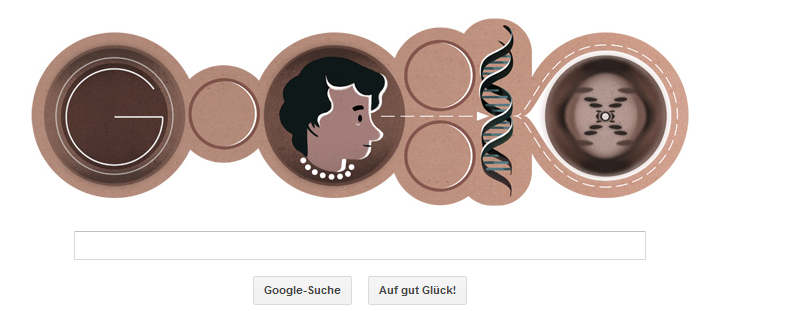sciencenote:Rosalind Franklin 1920 - 1958 Rosalind Franklin always liked facts. She was logical an
sciencenote: Rosalind Franklin 1920 - 1958 Rosalind Franklin always liked facts. She was logical and precise, and impatient with things that were otherwise. She decided to become a scientist when she was 15. She passed the examination for admission to Cambridge University in 1938, and it sparked a family crisis. Although her family was well-to-do and had a tradition of public service and philanthropy, her father disapproved of university education for women. He refused to pay. An aunt stepped in and said Franklin should go to school, and she would pay for it. Franklin’s mother also took her side until her father finally gave in. … She spent three years in France, enjoying the work atmosphere, the freedoms of peacetime, the French food and culture. But in 1950, she realized that if she wanted to make a scientific career in England, she had to go back. She was invited to King’s College in London to join a team of scientists studying living cells. The leader of the team assigned her to work on DNA with a graduate student. Franklin’s assumption was that it was her own project. The laboratory’s second-in-command, Maurice Wilkins, was on vacation at the time, and when he returned, their relationship was muddled. He assumed she was to assist his work; she assumed she’d be the only one working on DNA. They had powerful personality differences as well: Franklin direct, quick, decisive, and Wilkins shy, speculative, and passive. This would play a role in the coming years as the race unfolded to find the structure of DNA. Franklin made marked advances in x-ray diffraction techniques with DNA. She adjusted her equipment to produce an extremely fine beam of x-rays. She extracted finer DNA fibers than ever before and arranged them in parallel bundles. And she studied the fibers’ reactions to humid conditions. All of these allowed her to discover crucial keys to DNA’s structure. Wilkins shared her data, without her knowledge, with James Watson and Francis Crick, at Cambridge University, and they pulled ahead in the race, ultimately publishing the proposed structure of DNA in March, 1953. The strained relationship with Wilkins and other aspects of King’s College (the women scientists were not allowed to eat lunch in the common room where the men did, for example) led Franklin to seek another position. She headed her own research group at Birkbeck College in London. But the head of King’s let her go on the condition she would not work on DNA. Franklin returned to her studies of coal and also wrapped up her DNA work. She turned her attention to viruses, publishing 17 papers in five years. Her group’s findings laid the foundation for structural virology. While on a professional visit to the United States, Franklin had episodes of pain that she soon learned were ovarian cancer. She continued working over the next two years, through three operations and experimental chemotherapy and a 10-month remission. She worked up until a few weeks before her death in 1958 at age 37. -- source link
Tumblr Blog : sciencenote.tumblr.com
#rosalind franklin#science#humanactions#history
